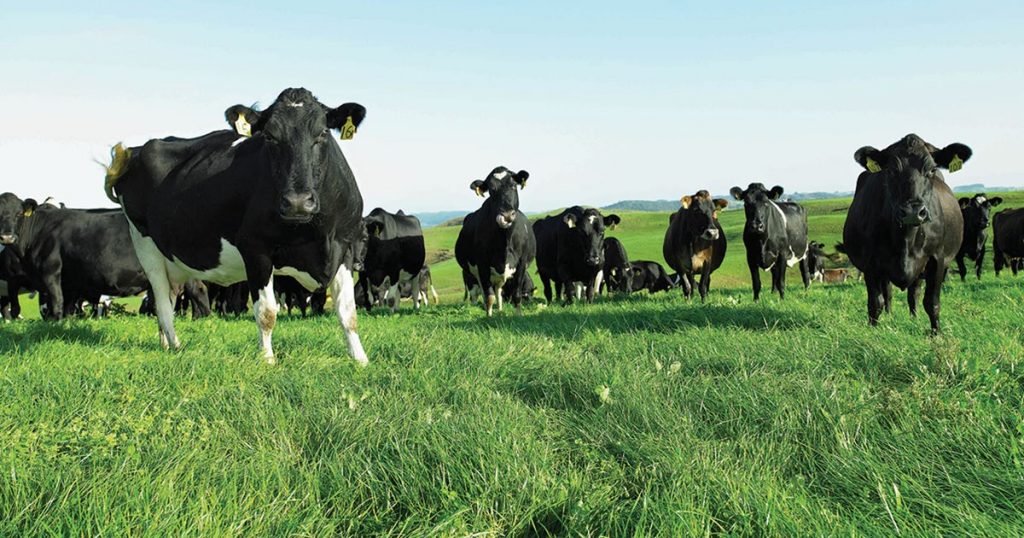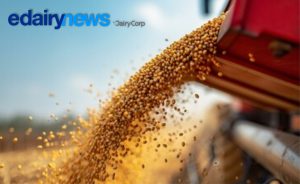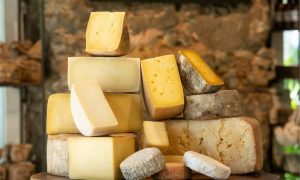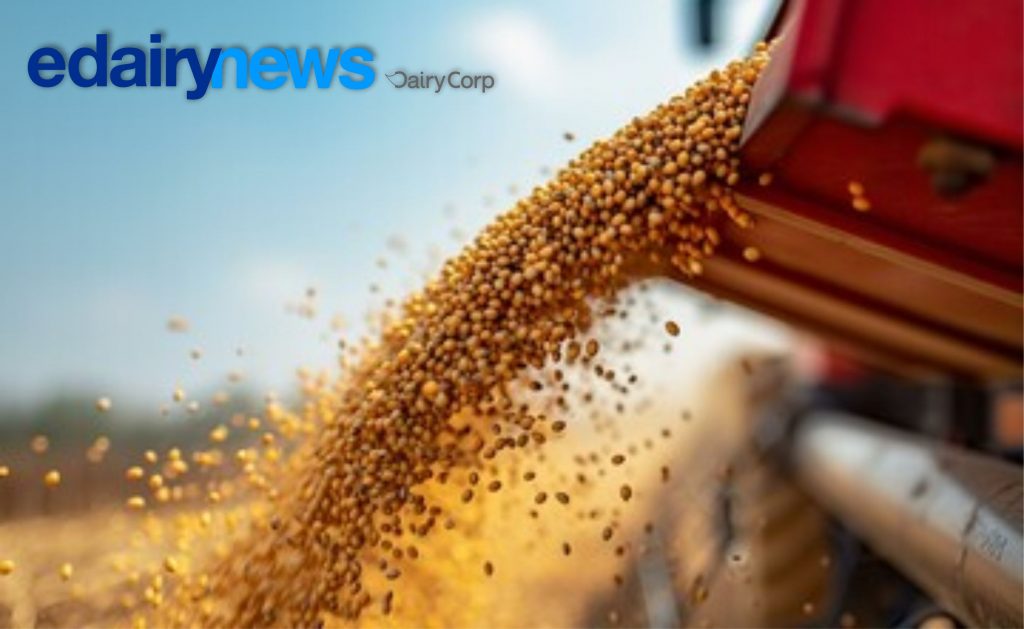The annual Economic Survey analyses a representative sample of owner-operator and herd-owning sharemilking farms (50:50 sharemilkers) across New Zealand.
The 2018-19 data showed operating profit per hectare was down on the previous year but above the average for the previous decade, and milk production at a 10-year high.
“Data shows operating profit per hectare was $2,154 in 2018-19, compared to the 10-year average of $1,696,” said DairyNZ principal economist Dr Graeme Doole.
Dr Doole says that volatility will remain a significant challenge for farmers to manage.
“There are a large number of factors that could cause the milk price to shift up or down by a decent amount in the next season. Many, but not all, of these are related to the COVID-19 pandemic.”
In line with the 2018-19 Dairy Statistics where farms reported record annual milk production, the sample of farms studied in the Economic Survey also recorded their best milk production in the past decade.[1]
“While recent results for operating profit and production were positive, increased costs, debt repayment and COVID-19 will have a strong influence on farm business performance, both now and in the future.”
The price of imported supplement has also risen as Covid-19 has impacted supply chains.
“We are also now seeing substantial pressure on the balance sheet of farms. Recent data shows us that in the last season, dairy farm sales were down 40 percent and farm prices down, on average, by 17 percent,” says Dr Doole.
Dr Doole says mandatory debt payments are also lifting due to higher interest rates for some lenders and increasing pressure on farmers to pay principal.
“These headwinds are coming at a challenging time for the country. Yet, dairy farms still have a strong cashflow, particularly relative to other sectors, so will play a pivotal role in New Zealand’s recovery.”
For owner-operator farmers, the operating return on assets was 4 percent.
“This is a reasonable operating return however returns from capital gain are now much lower than what we have seen in the last decade or absent altogether. Moving forward, this emphasises the need to increase farm profit through focusing on careful cost management,” says Dr Doole.
He says feed continues to be farmers’ largest expenditure area and is a key item to review when farmers are looking to control costs.
Farms in Marlborough, Canterbury, Otago and Southland recorded higher operating profits per hectare than other regions.
Sharemilkers had a positive year with $775 operating profit per hectare – the highest level since 2013/14.
The Economic Survey data is drawn from 445 owner operator dairy farms and 183 sharemilkers across New Zealand who are part of DairyNZ’s DairyBase database.
This year’s Economic Survey is designed to make survey data more accessible.
“The survey is in a new e-book format, which allows farmers and rural professionals who want to analyse the data to download accompanying Microsoft Excel tables or explore each interactive graph,” explains Dr Doole.
Dr Doole says farmers can compare their results and changes with similar farms through DairyNZ’s DairyBase and DairyNZ budget case studies.
“Our budget case studies analyse the performance of above-average farmers from locations around New Zealand and what affects their profitability and returns,” says Dr Doole.
“These farms typically have clear goals, a good understanding of their financial situation and costs and carefully monitor their performance. They are a useful benchmarking tool to for farmers to get insights and ideas from.”
To read the DairyNZ Economic Survey 2018-19, visit dairynz.co.nz/economicsurvey For budget case studies, budget templates and other resources visit dairynz.co.nz/business.
[1] The 2018-2019 Dairy Statistics report recorded annual average milk production of 381kg milksolids per cow. The 2018-19 Economic Survey draws on a smaller farm sample size and recorded 395kg milksolids per cow.













